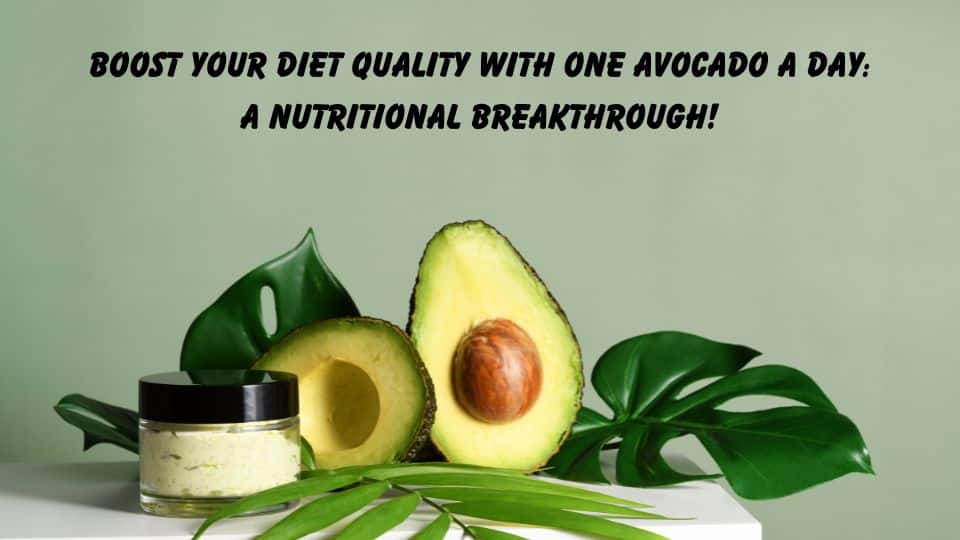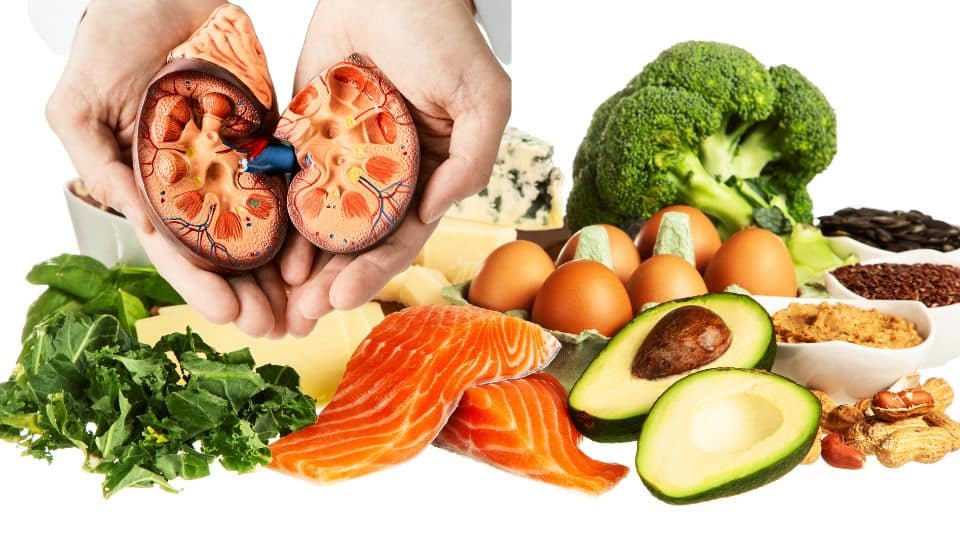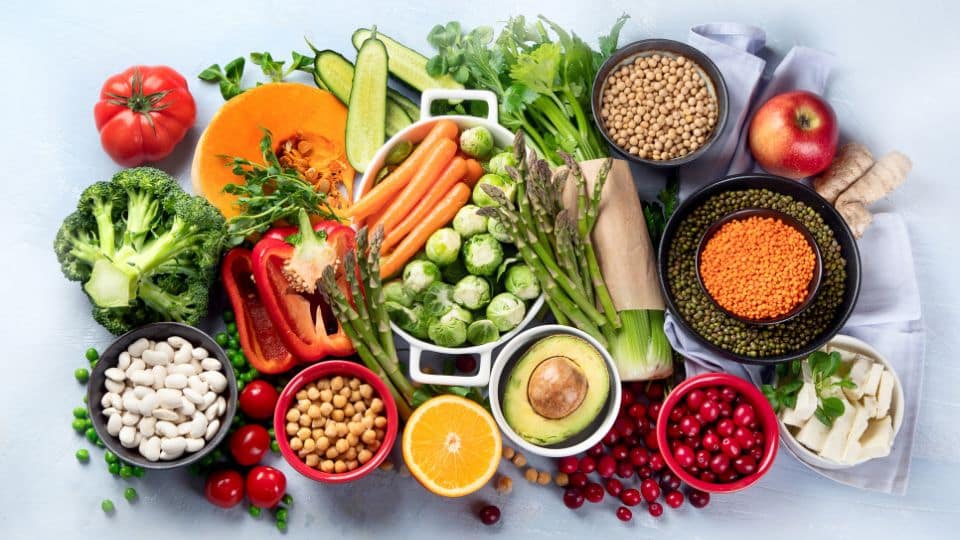Welcome! Today, we’re diving into the intriguing world of smoothies and Flavanol absorption, exploring how combining ingredients can impact their nutritional benefits. Prepare to be amazed by the recent findings from a groundbreaking study conducted by researchers at the University of California, Davis.
But before we get into the study, let’s quickly understand what flavanols are. Flavanols are bioactive compounds that have been linked to heart health and cognition. They are found in delicious fruits like apples, pears, blueberries, blackberries, grapes, and even cocoa!
Now, let’s get back to the study. The researchers focused on a specific enzyme called polyphenol oxidase, or PPO, which naturally occurs in various fruits and vegetables. You might have noticed how sliced apples or peeled bananas turn brown when exposed to air – that’s the work of polyphenol oxidase! But what impact does polyphenol oxidase have on flavanol absorption in smoothies?
Participants in the study were asked to consume two types of smoothies: one made with bananas, which naturally have high polyphenol oxidase activity, and the other with mixed berries, which have a lower level of polyphenol oxidase activity. As a control, they were also given a flavanol capsule. Blood and urine samples were then analyzed to measure the levels of flavanols absorbed by the body.
You can also view this article: Switch up Your Boring Meals! These Herbs and Spices Can Transform Your Health!
Brace yourselves for the surprising results! Those who drank the banana smoothie experienced an astonishing 84% decrease in flavanol levels compared to the control group. Yes, you heard it right! Just a single banana drastically reduced the absorption of flavanols. This discovery highlights the importance of understanding how ingredient combinations can impact the absorption of essential nutrients.
So, what’s the optimal approach to maximize flavanol absorption while still enjoying delicious smoothies? The study suggests blending smoothies using fruits like berries, which are rich in flavanols, and combining them with other low polyphenol oxidase activity ingredients like pineapple, oranges, mango, or yogurt. Doing so, you’ll optimize the absorption of these beneficial compounds and ensure you get the most out of your smoothie.
But wait, there’s more to consider. This study’s implications stretch beyond smoothies. Take tea, for instance. Tea is a primary dietary source of flavanols, and how it’s prepared can affect the amount of flavanols available for absorption. The findings prompt us to explore how various food preparation methods can alter the nutritional value of our meals and drinks. It’s a whole new perspective on the impact of ingredient combinations!
In a world where healthy eating is a priority, this research emphasizes that every single ingredient matters. It’s not just about taste – it’s about optimizing our body’s ability to absorb essential nutrients. This eye-opening study is a must-know for all nutrition enthusiasts and has the potential to spark further investigations into the broader field of polyphenols and bioactive compounds.
So, as we enjoy our smoothies and savor our meals, let’s remember that science continues to uncover the hidden connections between what we eat and how our bodies benefit. We can make our meals delicious and nutritionally optimized with each banana, berry, and carefully chosen ingredient.
That wraps up our exploration of the impact of smoothie ingredients on nutritional benefits. Remember, the choices we make in our kitchens can profoundly affect our health.
Glossary:
- Flavanols: Bioactive compounds found in fruits like apples, pears, blueberries, blackberries, grapes, and cocoa, known for their associations with heart health and cognition.
- Polyphenol Oxidase (PPO): An enzyme naturally occurring in various fruits and vegetables, responsible for causing browning when fruits are exposed to air.
- Flavanol Absorption: The process by which the body absorbs flavanols from the foods and beverages consumed.
- Flavanol Capsule: A supplement containing flavanols used as a control in the study.
- Optimal Approach: The most effective method or strategy for achieving a particular goal, in this case, maximizing flavanol absorption.
- Ingredient Combinations: The combination of different foods and components in a recipe, in this context, focuses on how they affect flavanol absorption.
- Low Polyphenol Oxidase Activity Ingredients: Ingredients like pineapple, oranges, mango, or yogurt, which have lower levels of polyphenol oxidase activity and are suggested for blending with berries to maximize flavanol absorption.
- Food Preparation Methods: Various techniques and processes used to prepare and cook foods are discussed in the context of how they can alter the nutritional value of meals and drinks.
- Polyphenols: A broader category of bioactive compounds that include flavanols, discussed in the context of potential future research.
- Bioactive Compounds: Compounds in foods that have specific health benefits and can positively affect the body.
- Nutritional Optimization: The process of making dietary choices that maximize the body’s ability to absorb essential nutrients.
Journal Reference:
Javier I. Ottaviani, Jodi L. Ensunsa, Reedmond Y. Fong, Jennifer Kimball, Valentina Medici, Gunter G. C. Kuhnle, Alan Crozier, Hagen Schroeter, Catherine Kwik-Uribe. Impact of polyphenol oxidase on the bioavailability of flavan-3-ols in fruit smoothies: a controlled, single-blinded, cross-over study. Food & Function, 2023; DOI: https://doi.org/10.1039/D3FO01599H

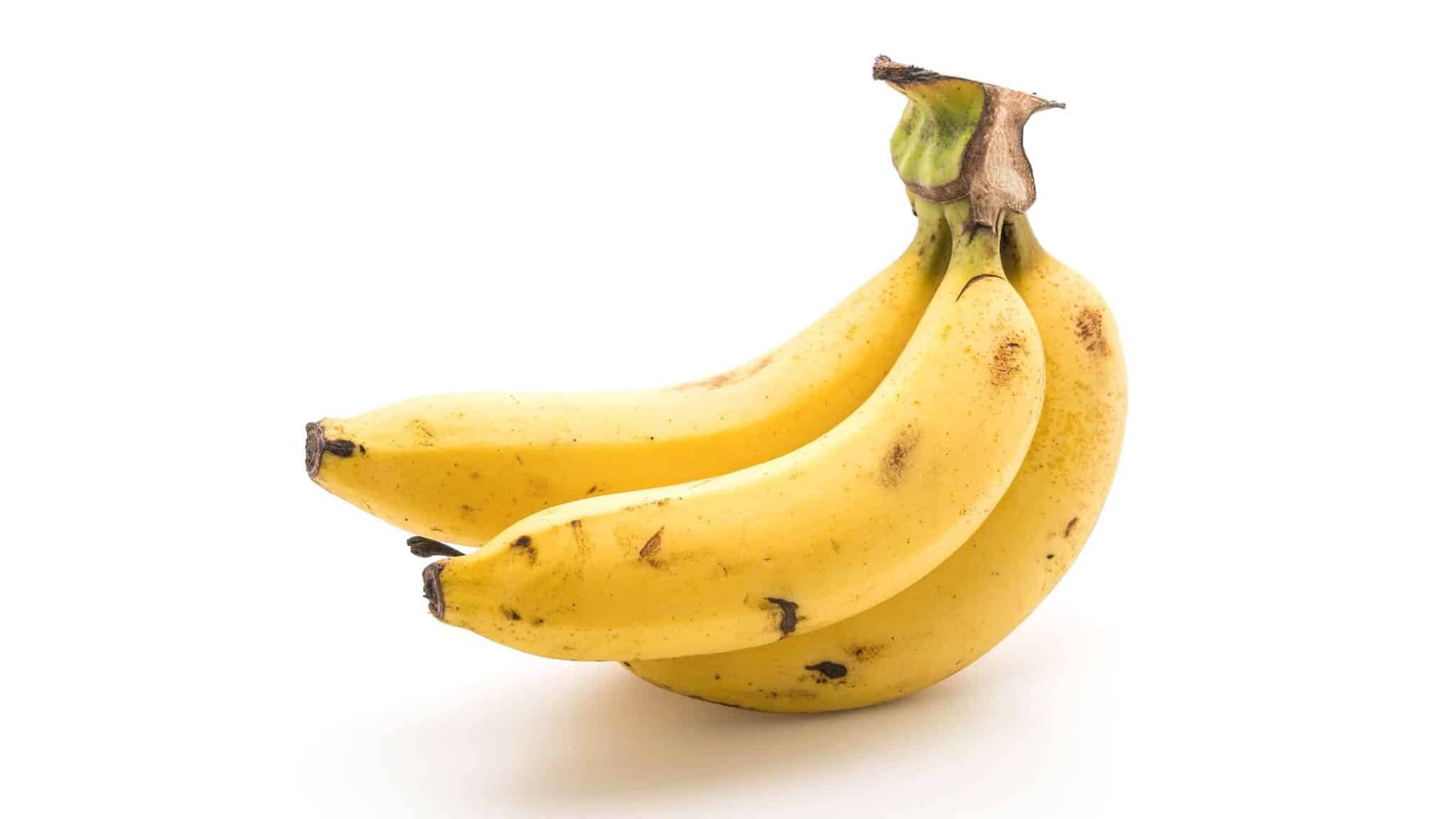
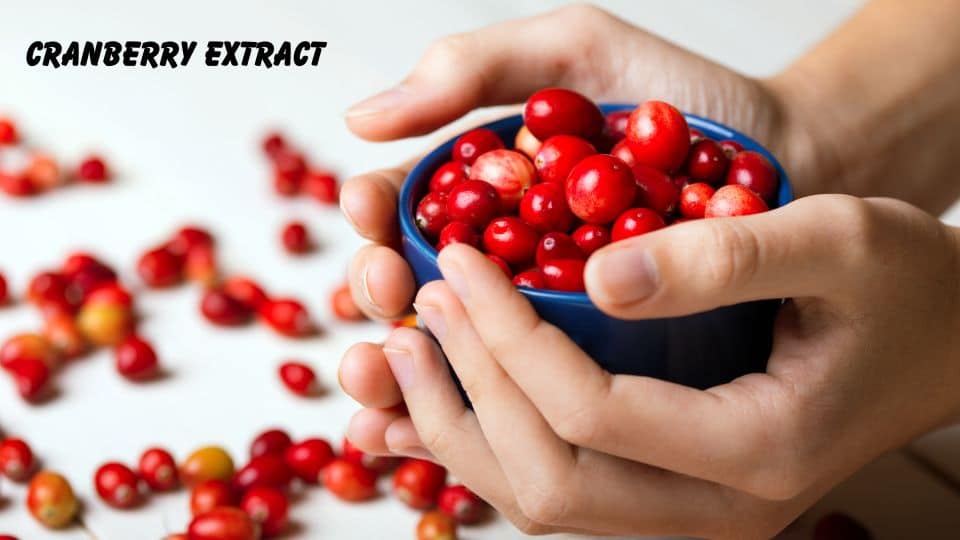
 By
By